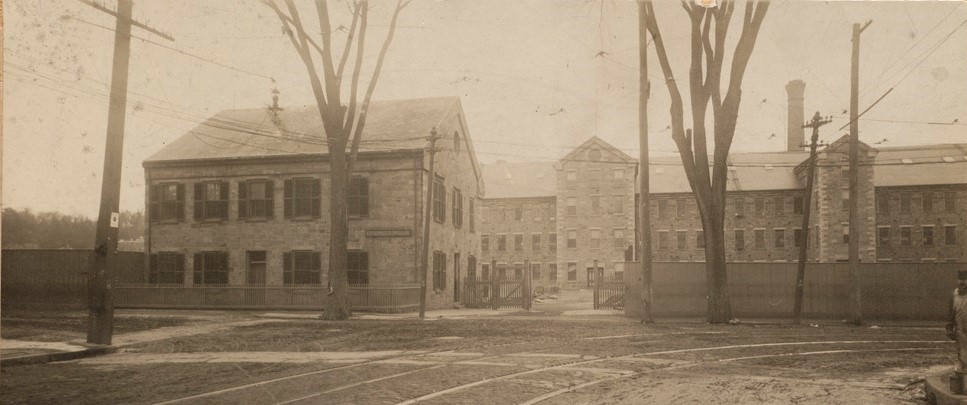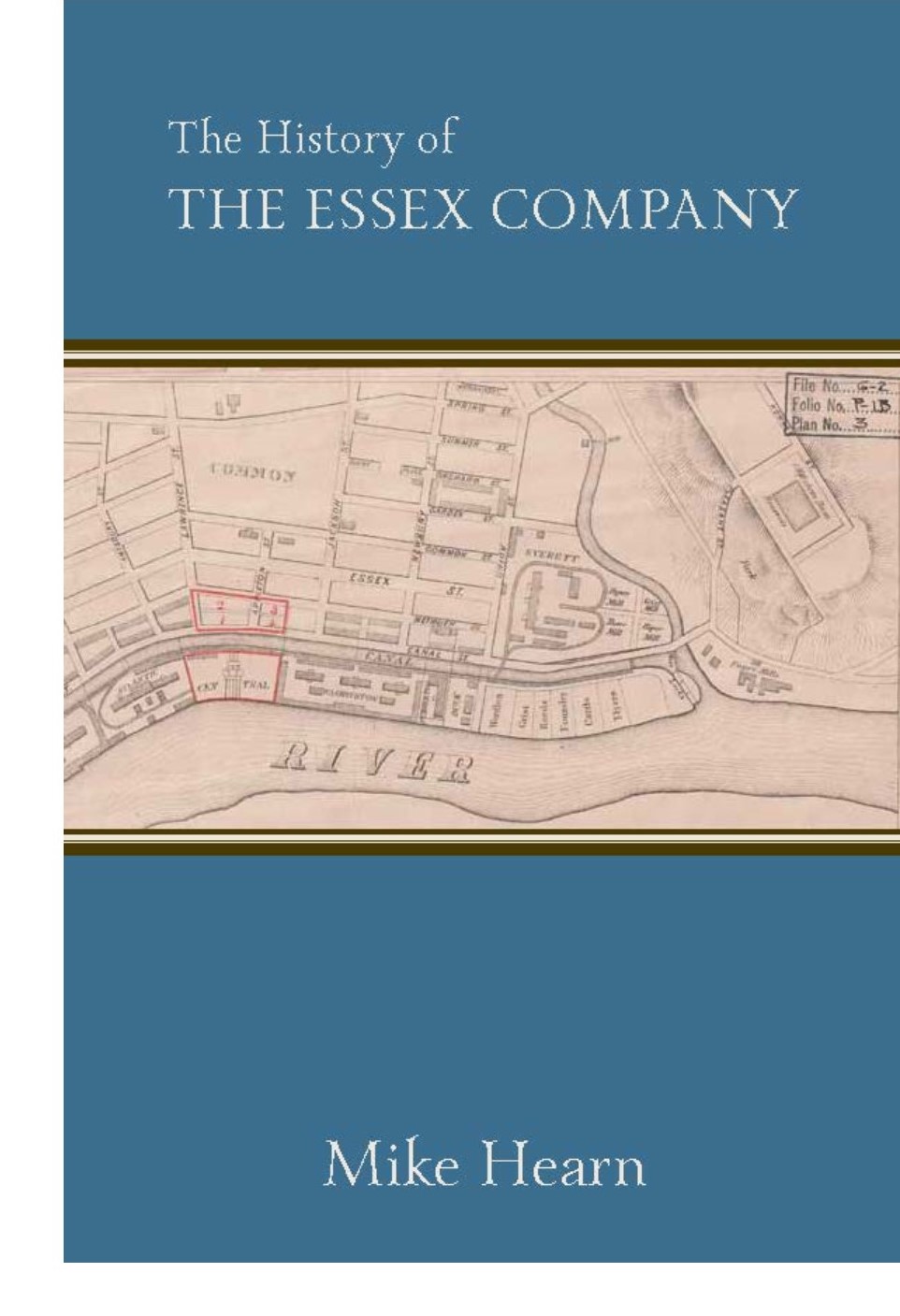
 The History of the Essex Company Mike Hearn A publication of the Lawrence History Center, with partial funding from Enel Green Power North America, Inc. Copyright © 2014 Mike Hearn Published by the Lawrence History Center, Lawrence Designed by Suzanne Korschun Printed in the United States of America
The History of the Essex Company Mike Hearn A publication of the Lawrence History Center, with partial funding from Enel Green Power North America, Inc. Copyright © 2014 Mike Hearn Published by the Lawrence History Center, Lawrence Designed by Suzanne Korschun Printed in the United States of America
Prologue Soon after Governor George Nixon Briggs signed the bill issuing the Essex Company its charter on March 20, 1845, Charles Storrow accompanied Daniel Saunders Sr., Abbott Lawrence, Samuel Lawrence, William Lawrence, and nine other men of prominence by rail from Boston to North Andover. Having taken the train as near their destination as possible, they switched to carriages, traveling the Salem Turnpike into the northeastern part of Andover. The coaches proceeded onto the Andover Toll Bridge, stopping about a third of the way across. Withdrawing from their carriages, the men approached the wooden bridge’s railing and took in the scenery. Three distinct knolls framed the northern horizon, and a scattering of buildings were visible along both banks, with livestock afield. Below them was the familiar Merrimack, flowing heartily with water that perhaps a week before had escaped from a thawing New Hampshire lake and had been routed through the canal maze at Lowell the previous evening, turning one of the waterwheels upriver owned by one of the men standing on the bridge. However bucolic the setting, the men came not to see what was there, but rather to envision what was to become—what they were to build.
On that opening day of spring in 1845, the spot then known as Bodwell’s Falls looked much the same as it had three years earlier, when Daniel Saunders and Charles Storrow first shared the view from Andover Bridge in 1842. At that meeting, Mr. Saunders confided in the younger Storrow about an idea for creating a new mill town along the banks of the Merrimack River. Both were very familiar with, and had profited from, the success that had been realized at Lowell, Manchester, and other upstream installations.
Saunders’s idea would become an enterprise, and that enterprise would build a city. Strictly speaking, this is the story of the Essex Company. It is about the men who had charge of the company, their ambitions, visions, and aspirations. However, it is also the story of the birth of a city, as the histories of Lawrence, Massachusetts, and the Essex Company are inseparable.
- Acknowledgments
- Prologue
- Chapter 1: Monetizing the Merrimack
- Chapter 2: From Idea to Industry
- Chapter 3: Transitions and Tribulations
- Chapter 4: Security and Stability
- Chapter 5: Refining and Reacting
- Epilogue
- About the Lawrence History Center